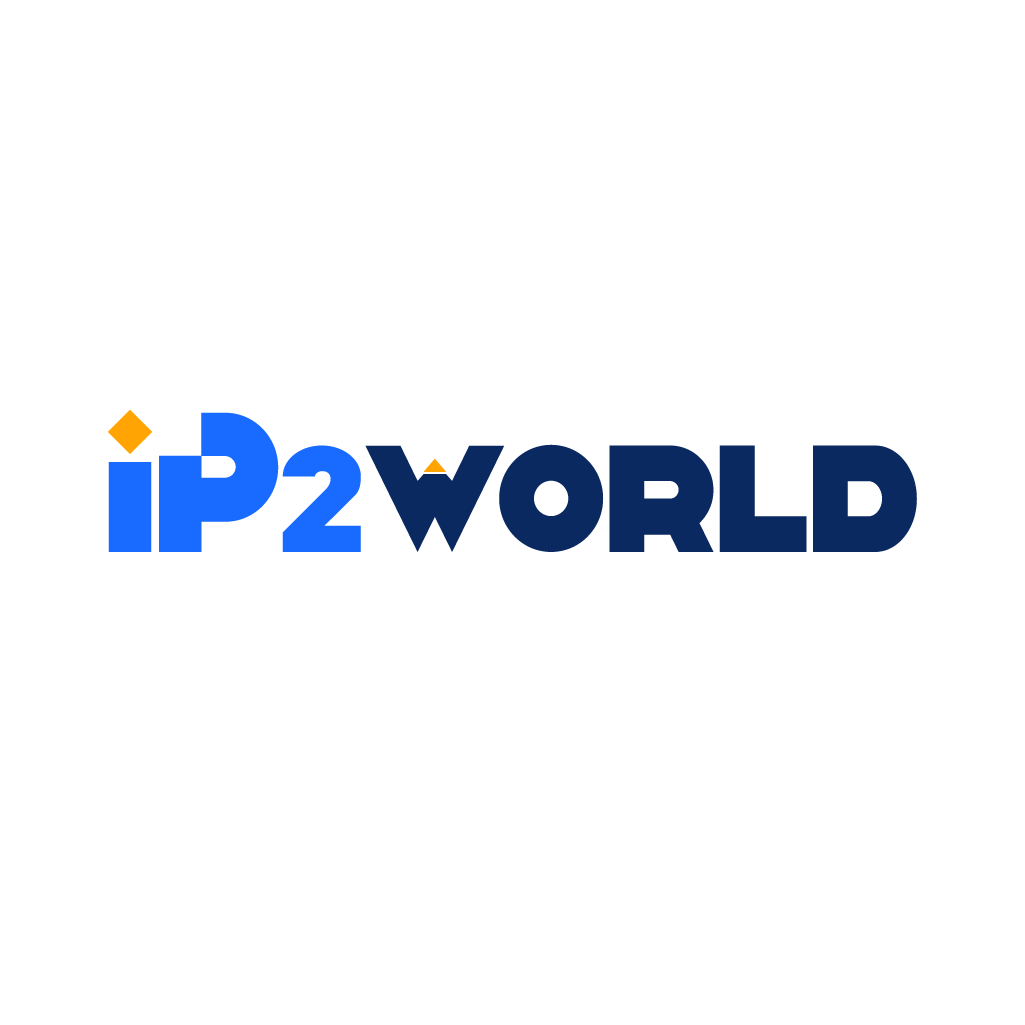In an era where online privacy is increasingly under threat, anonymous proxy IPs have emerged as vital tools for safeguarding digital identities and ensuring secure internet access. This blog post explores the pivotal role that anonymous proxy IPs play in enhancing privacy, security, and freedom on the internet.What Are Anonymous Proxy IPs?Anonymous proxy IPs are intermediaries that route your internet traffic through a server, masking your original IP address with one from the proxy server. Unlike regular proxies, anonymous proxies specifically aim to hide your identity and activity from websites, network administrators, and potential cyber threats.The Importance of Anonymous Proxy IPsEnhanced Privacy: Anonymous proxy IPs are essential for maintaining privacy online. By hiding your real IP address, these proxies prevent websites and online services from tracking your activities back to your physical location and personal identity. This is particularly important in a time when data collection and surveillance are pervasive.Bypassing Geo-Restrictions: Many online services, including streaming platforms, social media, and news websites, restrict access based on geographic location. Anonymous proxy IPs allow users to bypass these geo-restrictions by providing IP addresses from different regions, thereby enabling access to a wider range of content.Protection Against Cyber Threats: Cyber threats such as hacking, phishing, and surveillance are major concerns for internet users. Anonymous proxy IPs add a layer of security by obfuscating your real IP address, making it harder for malicious actors to target you. This is especially useful when accessing public Wi-Fi networks, which are often vulnerable to attacks.Avoiding Censorship: In some countries, internet censorship restricts access to information and limits free expression. Anonymous proxy IPs can help users circumvent these restrictions, allowing them to access blocked websites and communicate freely without fear of government surveillance or reprisal.Securing Sensitive Transactions: When conducting sensitive transactions online, such as banking or shopping, using an anonymous proxy IP can protect your personal information from being intercepted by cybercriminals. This added layer of anonymity ensures that your financial and personal data remain secure.Preventing Targeted Advertising: Marketers and advertisers use tracking technologies to serve personalized ads based on your browsing habits. By masking your IP address, anonymous proxies disrupt this tracking, reducing the amount of targeted advertising you receive and protecting your browsing history from being commoditized.How to Use Anonymous Proxy IPs EffectivelyChoose a Reliable Proxy Service: Not all proxy services offer the same level of anonymity and security. It's crucial to choose a reputable provider that offers high-quality, anonymous proxy IPs with strong encryption and no-logging policies.Combine with Other Privacy Tools: For maximum security, consider using anonymous proxy IPs in conjunction with other privacy tools such as VPNs, encrypted browsers, and anti-tracking software. This multi-layered approach provides comprehensive protection against various online threats.Stay Informed: The landscape of online privacy and security is constantly changing. Stay informed about new threats, technologies, and best practices to ensure that your use of anonymous proxy IPs remains effective and up-to-date.ConclusionAnonymous proxy IPs play a crucial role in protecting online privacy, enhancing security, and ensuring unrestricted access to information. By hiding your real IP address and routing your traffic through secure servers, these proxies provide a robust solution for navigating the internet safely and anonymously. As digital threats continue to evolve, the importance of anonymous proxy IPs will only grow, making them an indispensable tool for anyone concerned with maintaining their privacy and security online.
2024-08-07





